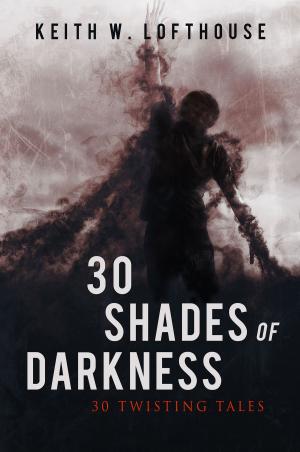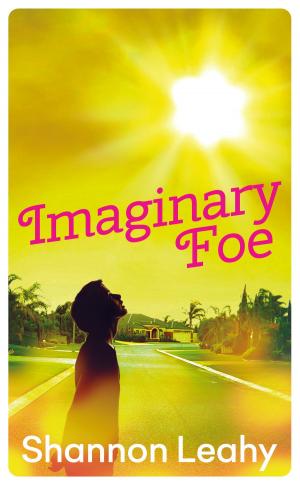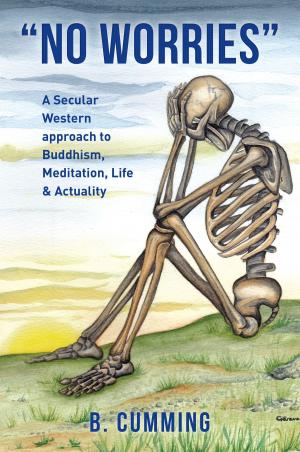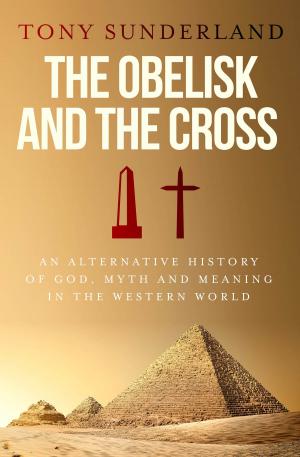Revisiting Velikovsky
An Audit of an Innovative Revisionist Attempt
Nonfiction, History, Ancient History, Egypt| Author: | J. Eric Aitchison | ISBN: | 9781925515947 |
| Publisher: | Fontaine Publishing Group | Publication: | September 6, 2016 |
| Imprint: | Vivid Publishing | Language: | English |
| Author: | J. Eric Aitchison |
| ISBN: | 9781925515947 |
| Publisher: | Fontaine Publishing Group |
| Publication: | September 6, 2016 |
| Imprint: | Vivid Publishing |
| Language: | English |
Revised Third Edition. Eric Aitchison's long and in-depth study is basically his way to reconcile the conventional model of ancient history with the 'Ages in Chaos' series of Velikovsky. He has been extremely thorough in his research and came to the conclusion that although Velikovsky used Biblical dates as anchors for his broad-brush realignments and alter egos, a closer analysis of the Biblical parallels was possible and so much so that even the limmu list supported Assyrian King List could be adjusted and re-evaluated in the context of a revision of chronology – such as the actual date for the fall of Samaria. In fact, this e-book makes a number of arguments that strongly refute some of Velikovsky's most famous synchronisms – in fact, quite a lot of them. I can't at the moment think of any other revisionist that has taken on and demolished so many of Velikovsky's arguments – and yet at the same time he remains positively on board the Velikovsky experience. He ends up with a system that is in so many ways pro-Velikovsky and yet at the same time is quite unlike all the major players in revisions of ancient history post-Velikovsky. The Glasgow chronologists dismissed the second and third volumes of 'Ages in Chaos' en bloc. Somewhat later, first James and then Rohl (and cohorts), went on to abandon the first volume of 'Ages in Chaos' – the book that set it all in motion. Another group of revisionists moved in the opposite direction shifting not just dynasties but whole blocks of history forward in time, en-masse. Eric Aitchison, on the other hand, with input from A Montgomery, B Curnock, J Crowe, L Mitcham, J Lascelles and latterly D K Mills has actually remained extraordinarily faithful to the core of 'Ages in Chaos' and they have all of them treated Velikovsky's research with the utmost respect and admiration. In order to bring ancient history, as it was perceived by Velikovsky, in tandem with well-known Biblical synchronisms, Eric Aitchison has compared events from the 16th to the 10th centuries BC with what seem to be a remarkable set of parallels between the 10th and 4th centuries BC. I can understand why he chose to look at ancient history in that way and why he decided to telescope the two periods. He was of course strongly influenced by the radical ideas of Velikovsky, which provided the momentum and the manner to bring the Bible's history excitingly alive. Of course, a modern conventional historian would not have dreamed of adopting such a radical approach, but this book is not addressed as much to them as it is to other revisionists, and in that sense, he is a beacon to be explored as it is full of well-reasoned and objective argumentation. Let's face facts, they might disclaim the fact, but even conventional chronology is based on a series of what is regarded as rock solid Biblical synchronisms. Without the Bible as backup chronology would be shaky no matter how much they plead to the contrary. Eric Aitchison evaluates each of those Biblical interconnections in a clinical and open-minded fashion that I found quite refreshing and I take my hat off to him as the whole exercise comes across as fair-minded and straight speaking. A real Oz attribute. Not only that he is not at all of the opinion he has cracked it and everyone else is wrong – he is not unduly insistent in what he says as he is always prepared to abandon a sometimes cherished point that he has discovered in his deliberations. That is the mark of a true investigator of facts, as each point is examined on its own merits. Indeed, in writing this tome he has been prepared to make adjustments when others such as Mills, Montgomery, Curnock and Crowe had cast some shred of doubt or questioned a particular source that he might have used, or an interpretation of a text. This is not a revision cast in stone to stand or fall as it is presented at this point in time. It is a revision to be explored by other minds and tweaked with and twiddled as must – a most usef
Revised Third Edition. Eric Aitchison's long and in-depth study is basically his way to reconcile the conventional model of ancient history with the 'Ages in Chaos' series of Velikovsky. He has been extremely thorough in his research and came to the conclusion that although Velikovsky used Biblical dates as anchors for his broad-brush realignments and alter egos, a closer analysis of the Biblical parallels was possible and so much so that even the limmu list supported Assyrian King List could be adjusted and re-evaluated in the context of a revision of chronology – such as the actual date for the fall of Samaria. In fact, this e-book makes a number of arguments that strongly refute some of Velikovsky's most famous synchronisms – in fact, quite a lot of them. I can't at the moment think of any other revisionist that has taken on and demolished so many of Velikovsky's arguments – and yet at the same time he remains positively on board the Velikovsky experience. He ends up with a system that is in so many ways pro-Velikovsky and yet at the same time is quite unlike all the major players in revisions of ancient history post-Velikovsky. The Glasgow chronologists dismissed the second and third volumes of 'Ages in Chaos' en bloc. Somewhat later, first James and then Rohl (and cohorts), went on to abandon the first volume of 'Ages in Chaos' – the book that set it all in motion. Another group of revisionists moved in the opposite direction shifting not just dynasties but whole blocks of history forward in time, en-masse. Eric Aitchison, on the other hand, with input from A Montgomery, B Curnock, J Crowe, L Mitcham, J Lascelles and latterly D K Mills has actually remained extraordinarily faithful to the core of 'Ages in Chaos' and they have all of them treated Velikovsky's research with the utmost respect and admiration. In order to bring ancient history, as it was perceived by Velikovsky, in tandem with well-known Biblical synchronisms, Eric Aitchison has compared events from the 16th to the 10th centuries BC with what seem to be a remarkable set of parallels between the 10th and 4th centuries BC. I can understand why he chose to look at ancient history in that way and why he decided to telescope the two periods. He was of course strongly influenced by the radical ideas of Velikovsky, which provided the momentum and the manner to bring the Bible's history excitingly alive. Of course, a modern conventional historian would not have dreamed of adopting such a radical approach, but this book is not addressed as much to them as it is to other revisionists, and in that sense, he is a beacon to be explored as it is full of well-reasoned and objective argumentation. Let's face facts, they might disclaim the fact, but even conventional chronology is based on a series of what is regarded as rock solid Biblical synchronisms. Without the Bible as backup chronology would be shaky no matter how much they plead to the contrary. Eric Aitchison evaluates each of those Biblical interconnections in a clinical and open-minded fashion that I found quite refreshing and I take my hat off to him as the whole exercise comes across as fair-minded and straight speaking. A real Oz attribute. Not only that he is not at all of the opinion he has cracked it and everyone else is wrong – he is not unduly insistent in what he says as he is always prepared to abandon a sometimes cherished point that he has discovered in his deliberations. That is the mark of a true investigator of facts, as each point is examined on its own merits. Indeed, in writing this tome he has been prepared to make adjustments when others such as Mills, Montgomery, Curnock and Crowe had cast some shred of doubt or questioned a particular source that he might have used, or an interpretation of a text. This is not a revision cast in stone to stand or fall as it is presented at this point in time. It is a revision to be explored by other minds and tweaked with and twiddled as must – a most usef















